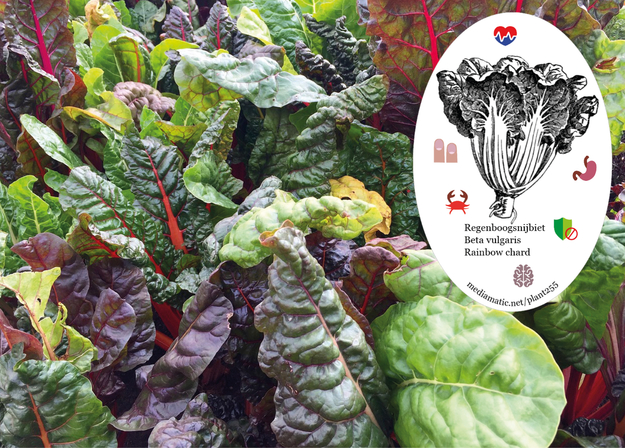Although little used in modern herbalism, beet has a long history of folk use, especially in the treatment of tumours. A decoction prepared from the seed has been used as a remedy for tumours of the intestines. The seed, boiled in water, is said to cure genital tumours. The juice or other parts of the plant is said to help in the treatment of tumours, leukaemia and other forms of cancer such as cancer of the breast, oesophagus, glands, head, intestines, leg, lip, lung, prostate, rectum, spleen, stomach, and uterus. Some figure that betacyanin and anthocyanin are important in the exchange of substances of cancer cells; others note two main components of the amines, choline and its oxidation product betaine, whose absence produces tumours in mice. The juice has been applied to ulcers. A decoction is used as a purgative by those who suffer from haemorrhoids in South Africa. Leaves and roots used as an emmenagogue. Plant effective in the treatment of feline ascariasis. In the old days, beet juice was recommended as a remedy for anaemia and yellow jaundice, and, put into the nostrils to purge the head, clear ringing ears, and alleviate toothache. Beet juice in vinegar was said to rid the scalp of dandruff as scurf, and was recommended to prevent falling hair. Juice of the white beet was said to clear obstructions of the liver and spleen. Culpepper (1653) recommended it for treating headache and vertigo as well as all affections of the brain. Source: https://pfaf.org/
Rainbow chard
Beta vulgaris subsp. cicla var. flavescens
Find more about this plant on Wikipedia.
